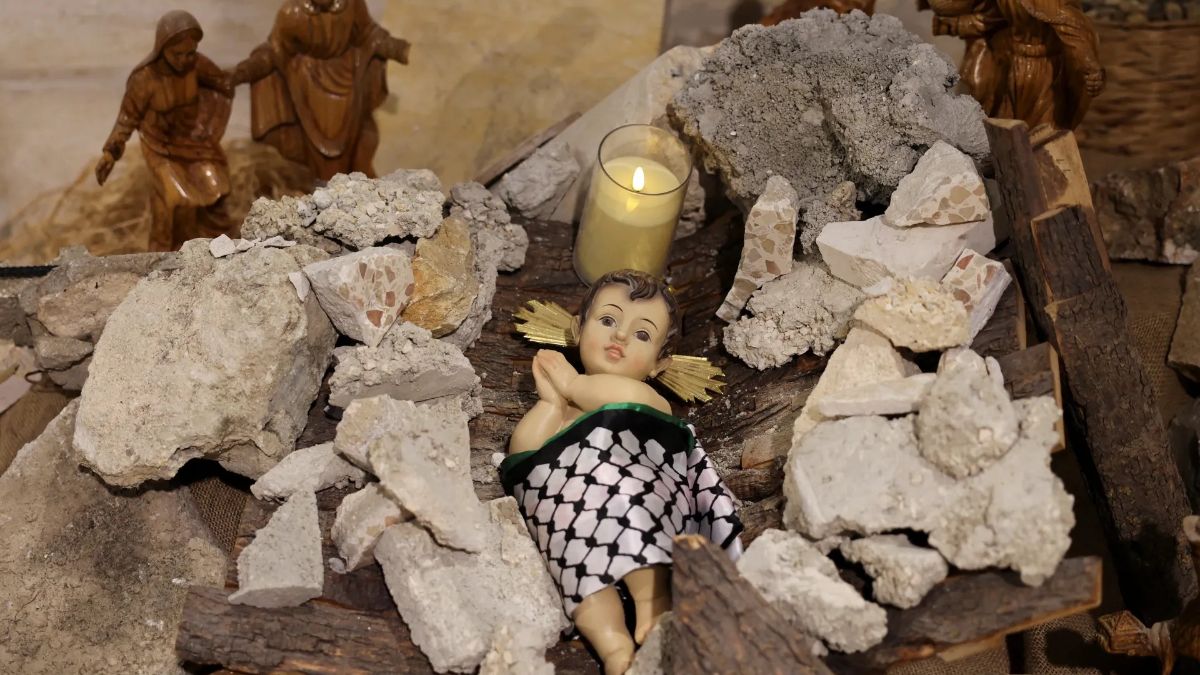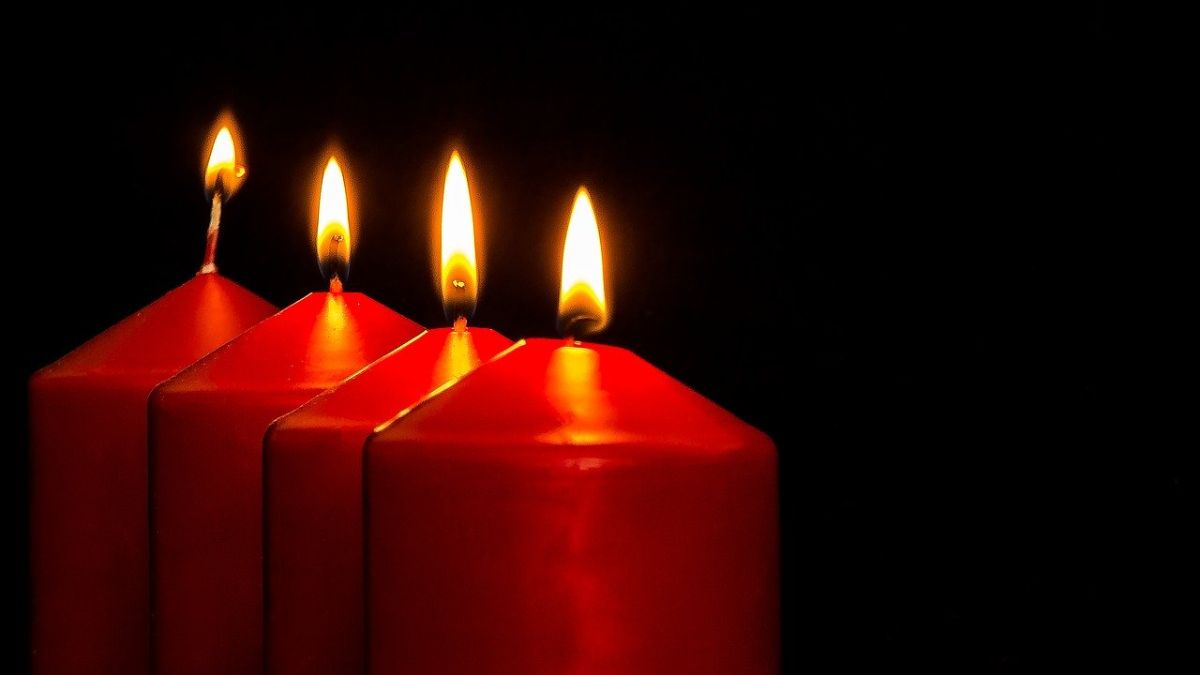Bread, Temple, and Crown: a Lenten Invitation
"At once the Spirit sent him out into the wilderness, and he was in the wilderness forty days, being tempted by Satan. He was with the wild animals, and angels attended him."
Mark 1:9-15
February 20, 2015, Words By: Joel Van Dyke, Image By: Casey Kiernan (CC0 1.0)
This week we celebrated Ash Wednesday, the beginning of Lent. Christians worldwide will enter into a heightened time (40 days) of prayer, reflection, and spiritual companionship with Jesus to the cross. At Street Psalms we are grateful for this annual pilgrimage that awakens our individual and collective hearts to our own true desire.
Our lectionary text this week, the first Sunday in Lent, has Mark inviting us to this year’s Lenten journey with his usual economy of words. In rapid fire succession we see Jesus being baptized, immediately sent out into the wilderness, and then traveling to Galilee proclaiming the Good News of God (Mark 1:9-15). While all three elements are worthy of focused attention, it is specifically time in the wilderness that captures our imagination this week as we embark with Jesus on the circuitous path to the cross – the Lenten journey.
In biblical parlance, the wilderness (desert) is that place in Scripture where we go to figure out who is who and what is real. It is the place where souls are revealed. What happened during the “temptation by the devil” and what are the implications for us this Lenten season? Mark, of course, gives us little detail on what actually happened in the wilderness, so we need to visit the accounts of the other Gospel writers to get the full picture.
After traveling forty long days and nights without food, Jesus rests. Exhausted and hungry, he meets the devil – and so do we, for this is not Jesus’s story alone. This is our story too. Jesus carries all of humanity into this meeting or, to be more precise, he carries the fullness of humanity into his divine appointment with the tempter. We are rehashing a conversation that began in a garden so many ages ago and continues to this day.
The conversation centers around three symbols that have shaped the soul of Israel, and the world, since the beginning – the symbols of bread, temple, and crown. Each symbol is packed with meaning and a narrative history that represents a way of seeing the world and God. The bread is an economic symbol, the temple a religious symbol, and the crown a political symbol. Jesus meets with Satan to talk about things of ultimate significance – bread, temple, and crown are about reality itself.
Bread-From Scarcity to Abundance
Imagine Jesus after a long fast and a lonely walk in the desert. He sees a barren landscape, a wasteland – no gardens or streams, no milk or honey, only rocks and sand and the occasional desert fox. The scenery matches his interior, as the land is as empty as his stomach.
It is not hard to imagine Jesus being overwhelmed by the vision of scarcity before him. What kind of God allows his people to starve? When seduced by a worldview of scarcity, the mystery of God’s abundance is not easy to see. Jesus, however, takes another look at the barrenness that surrounds him and listens more carefully to his own stomach. Here, deep in the soil of relentless scarcity, Jesus discerns the seeds of his Father’s abundant and fruitful love.
It takes some time, but eventually he becomes fully present to the reality of God’s abundant love allowing him (and us) to re-imagine the whole of God’s economy as one of reckless abundance. Jesus resists the myth of scarcity and declares God’s Word reliable in the face of deprivation. God is friend, not foe. God can be trusted. There is enough!
Jesus’s fidelity to the “mystery of superabundance” moves humanity from the bondage of scarcity born of fear to the freedom of God’s abundance born of love. There is enough bread for all, if we can only see and embrace it.
Temple: From Violence to Peace
No symbol made greater claims on the imagination of Israel than the temple. What bread was to the body of Israel, the temple was to its soul. The economics of scarcity had produced a religion of scarcity and it followed the same deadly logic. As is always the case with scarcity, violence was its governing principle, hidden under layers of rules and regulations that masked the fear that sustained it. This was the sacrificial system of the temple – it was a highly regulated and sophisticated system of violence that had been given sacred meaning and justified by virtually every religious authority, except a handful of prophets.
In the second temptation, the devil takes Jesus to the top of the temple overlooking Jerusalem. There he says to Jesus, “If you are the Son of God, throw yourself down.”Jesus looks again at the meticulously designed religious system with all its rules and regulations and discerns another law at work. It is the law that rules his own heart. It is the inviolable law of love.
Jesus stares the devil down and quotes the ancient text, “Do not put the Lord your God to the test” (Matt. 4:7). Jesus refuses to throw himself into the temple trap and test God’s love with his own act of violence. He opts for another way – the way of mercy – a way that would one day turn the temple inside-out and become the hope of all those who have ever cried out, “Lord have mercy.”
Crown: From Above to Below
The crown is the symbol of the political system, which is concerned with the stewardship of power. While this symbol is not named directly in the temptation narrative, it is clear from the context that we are dealing with the temptation to power. In a monarchial system, the crown is the ultimate symbol of power. As such, it is something of a summary of the previous temptations. The economic, religious, and political systems are of one piece – each needs the other to survive.
Jesus ponders the potential of wearing the crown-the potential for good, not evil; the potential for life, not death. Who better to wear the crown and steward power than a benevolent king who genuinely cares for creation?
However, the glittering gems on the crown being offered are quickly seen for what they are – a crown of thorns. Satan’s twisted view of power is exposed. The whole world is turned upside-down. The cross ascends and Jesus is “lifted up.”
During the next 40 days, we invite you to consider what the implications of bread, temple and crown are for you personally and for your city. Is there enough bread on your life’s “table” for all, or are you deceived by the myth of scarcity and hoarding little crumbs? What would your relationships look like if you were to resist throwing yourself into rivalry with others – rivalry that leads, always, to some sort of violence? How would your view of life change if you were able to look up from below, envisioning power made perfect in weakness as opposed to strength?
May you travel with courage on the way to the cross this Lenten season, and may a careful consideration of the implications of bread, temple and crown be your companion for the journey.
Peace,
Joel Van Dyke
Street Psalms Latin America
Portions of this reflection were adapted from Chapter 7 (Symbolic Universe) of Geography of Grace by Kris Rocke and Joel Van Dyke. We encourage you to read that chapter for a much deeper reflection on the images of bread, temple, and crown of the desert narrative.



